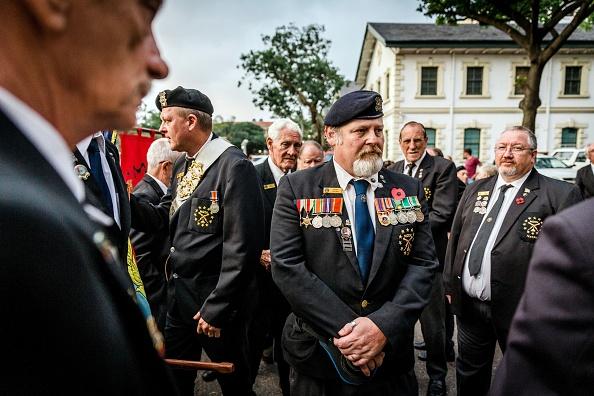Commentary
LONDON—This year has been a special remembrance one for Britain and mainland Europe, as well as for Commonwealth nations around the globe.

LONDON—This year has been a special remembrance one for Britain and mainland Europe, as well as for Commonwealth nations around the globe.